Establishing home safety for your family is, of course, your top priority. Most injuries are predictable and preventable, and you can do so much to make sure that your home environment is as safe as possible. Thankfully, most of these concerns can be addressed quickly by installing devices such as smoke alarms and taking proactive actions to minimise risks.
Your home is a haven for your family where they feel secure and protected. It’s a special place for your growing children to explore. On the other hand, the home is also the most common place where children are injured. That why it’s important to ensure that you are doing everything you can to maintain a safe home.
Improve your home safety by educating your family about these simple home safety tips.
-
Preventing falls at home
Falls are one of the most common causes of household injuries. Wet floors, slippery stairs, and scattered toys create the potential for falls, for the young and old
How to minimise risks:
- Slip-proof stairways
Ensure that all staircases have solid handrails, non-slip surfaces adequate lighting, and safety gates if there are children in the home.
- Everything in its place
Clear the stairs of debris. Use a rack for shoes and train the kids to put their items in a safe place. School bags should be away from the door, so no one is tripping on their way out in the morning.
- Safeguard bathrooms
Non-slip adhesives and treatments have improved over the years. Check out what you can use to take the slip out of the tiled area and in the shower area.
- Everything in its place. Yes again.
It might seem a pipe dream but helping kids to know exactly where something will help them build those good habits. Skateboards should be upright, and wherever possible, bikes kept away from the immediate car space.
- A helping hand
Install safety rails in high-risk areas to help all the family safely manoeuvre those spaces.
-
Fires
Hundreds of home fire incidents in Queensland were recorded last year, causing damage and tragically, loss of life. A neglected candle or overloaded power board could lead to a house fire, but there is a lot you can do to prevent the fire from getting out of hand.
How to minimise risks:
- Install Smoke Alarms
Install smoke alarms in your home, have them tested and if they’re battery powered, switch these out every year. Any new alarms installed must meet the Australian Standard AS 3786:2014, so be sure to check that before making the purchase. Under the new legislation, the smoke alarm must be photoelectric and can be interconnected for added home safety.
Installing smoke alarms that are compliant with the new requirements will save you making another purchase if you plan to rent or sell your property after 2021. More than that, photoelectric smoke alarms are proven to be more efficient detecting slow-flaming fires which are most common in the home.
- Keep an eye on candles
Never leave candles unattended or near blankets, curtains, and drapes. Make sure they are out of children’s and pet’s reach.
- Unplug appliances
Make sure all appliances are in good working condition with all wires intact. Don’t overload power points or boards, and unplug appliances when not in use.
- Keep a Fire Extinguisher
Have a fire extinguisher in your home and check it annually to verify that it is in good working condition and up to date. This should be stored within easy reach of the riskiest area, the kitchen and close to an exit.
-
Choking Hazards
Choking is one of the major causes of accidental deaths. Take measures to keep your family safe from choking incidents.
How to minimise risks:
- Inspect toys
Inspect toys for loose parts and keep high-risk items out of reach. One child’s treasure is a younger sibling’s choking hazard, so help your older kids understand the risks.
- Keep tasty hazards out of reach
There are plenty of snacks and treats that are not suitable for young children. Pay particular attention at family get-togethers as there is often unfamiliar food left unattended.
-
Cuts
Little hands and feet tend to get in places and positions we would never consider. Secure sharp edges that are inside and outside your home, even if the injury seems unlikely.
How to minimise risks:
- Store kitchen supplies
Store all sharp kitchen tools and keep them in a locked drawer if you have toddlers at home.
- Store gardening tools safely
Keep sharp gardening tools locked up. Be alert when using power tools and never rush while mowing the lawn or using the weed trimmer. Never leave tools unattended and always keep them locked up where kids can’t access them.
- Secure the bathroom
If you are using a razor, keep them on a high shelf or locked away. Store the extra blades in drawers with safety guards. Install safety locks to keep children away from danger.
- Point knives and forks downward
Keep children safe from sharp pointed objects by pointing knives and forks downward in the utensil basket. Put the basket far away from the dishwasher to make sharp objects less accessible.
-
Poisoning
Some household items have poisoning hazards, including cleaning and home maintenance materials. However, a little diligence and the right know-how can decrease the chances of anyone in your family becoming a victim.
How to minimise risks:
- Store medicines safely
Keep away over-the-counter and prescription medicines from children and teens. Dispose all unused medication and never leave them out on a counter.
- Keep paint out of children’s reach
. Never make the mistake of putting the paint in a container other than the can it came with! There have been some incidents in the past involving children mistakenly drinking paint!
- Secure hazardous chemicals
Household cleaners and pesticides must be in a high cabinet or a box with a safety lock to keep children and pets from accidentally finding them.
- Close detergent dispenser tightly
Keep detergents out of reach of children and pets. Never fill the washing machine until you’re ready to start a load and always check your dishwasher for leftover residue after each cycle.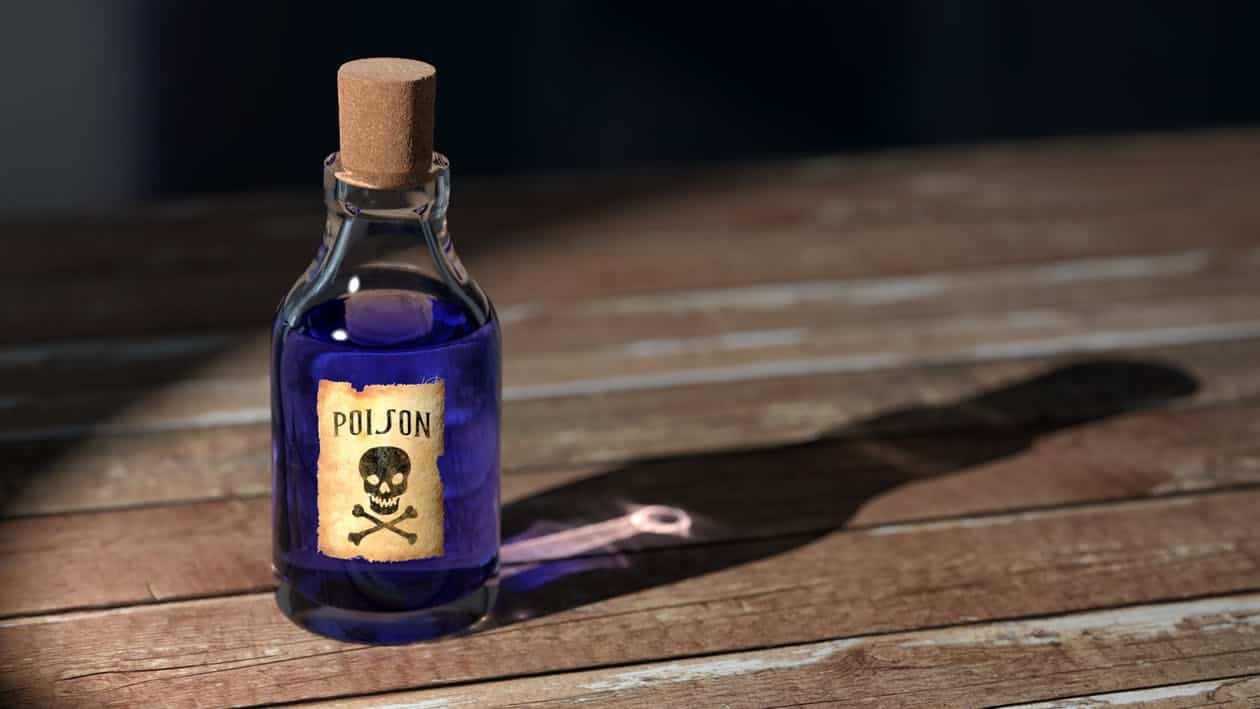
-
Strangling
Window dressing cords such as blinds or curtains present a strangling hazard to small children and infants.
How to minimise risks:
- Keep cords and wires away
Keep window and electrical cords away from the little ones. Never place a cot or bed under a window with dangling cords.
- Cut or remove window cords and wires
Cut wires to a length that is only accessible to the adults in the home.
- Wrap them up
If you’re not ready to redecorate your house, make it safe by installing blind cord wraps on your current window coverings.
-
Drowning
Deaths from drowning in a bathtub have increased by 70% in the past decade.
How to minimise risks:
- stow your buckets
Keep your buckets empty and away from water sources.
- Never leave a child unattended in a bathtub
It only takes a few inches of water for a child to drown, so never leave a child unattended in the bathtub, and always close the toilet lid.
-
Burns
Burns are so common in the home. Both dishwashers and stoves can cause them. These appliances pose risks, especially to small children.
How to minimise risks:
- Latch the dishwasher
Your dishwasher should always be securely latched to ensure that children can’t open it, particularly at the end of a cycle when burns from steam are most likely to occur. Add appliance locks as an extra measure to keep the dishwasher from accidentally being opened.
- Use the back burners on the stove
To prevent burns, use the back burners when possible. This makes it more difficult for kids to touch a hot stovetop accidentally. Never rest tempting items like cookies or toys on the stovetop, even when it’s not in use.
- Add stove knob covers
Protect your home from a potential fire by adding stove knob covers. They keep small hands from turning on burners or grownups from inadvertently knocking burners to the “on” position.
Knowing which precautions to take and being aware of legislation relating to smoke alarms and home safety will help you protect your home.
Share this article with friends to further raise their safety awareness. Remember, a safe community is made up of safe homes!
Click a button below, and our friendly experts will get back to you shortly with more insights on home safety.

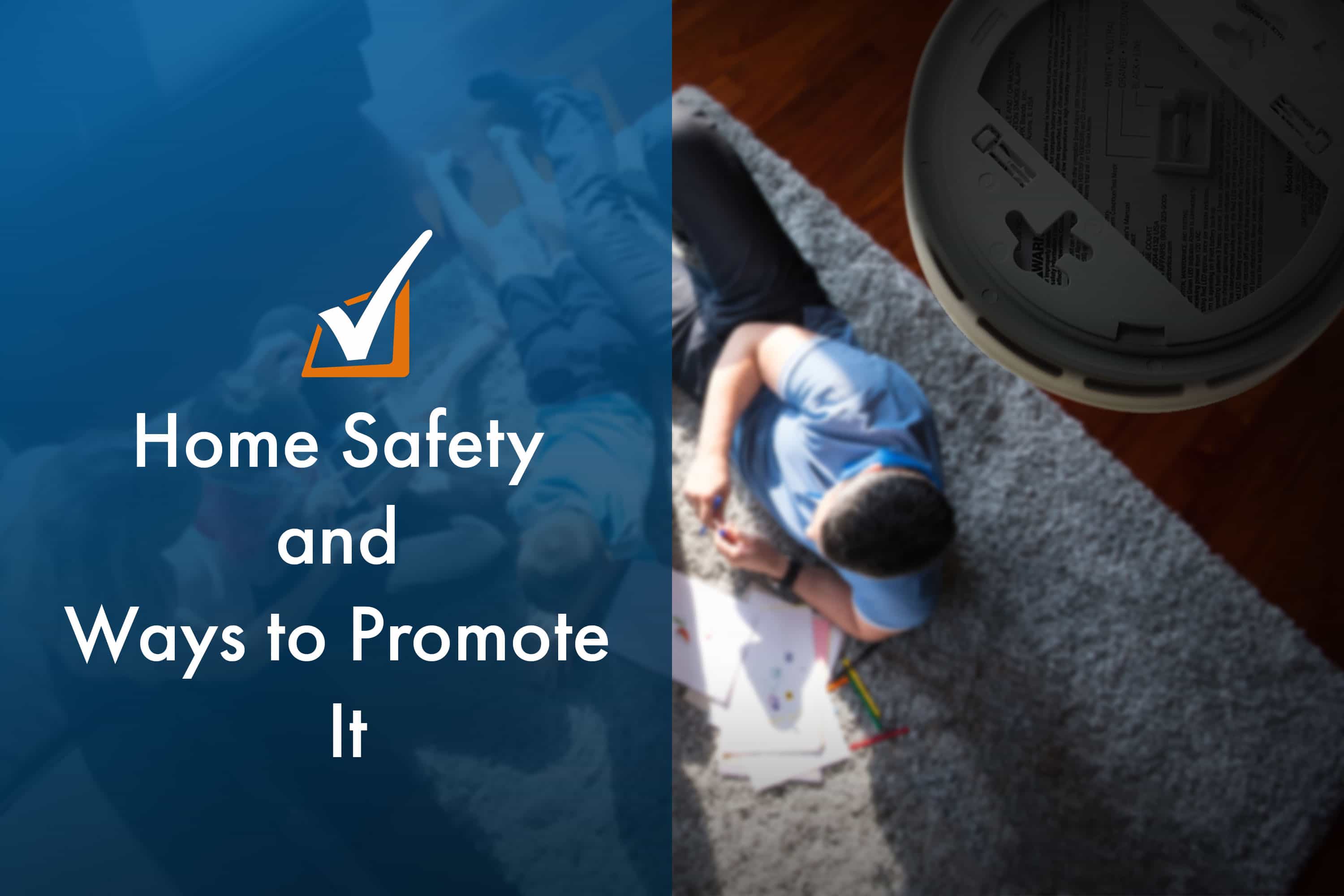
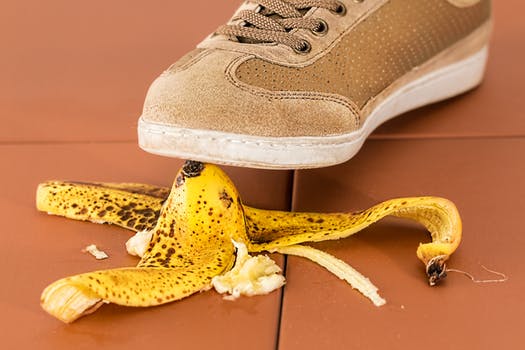
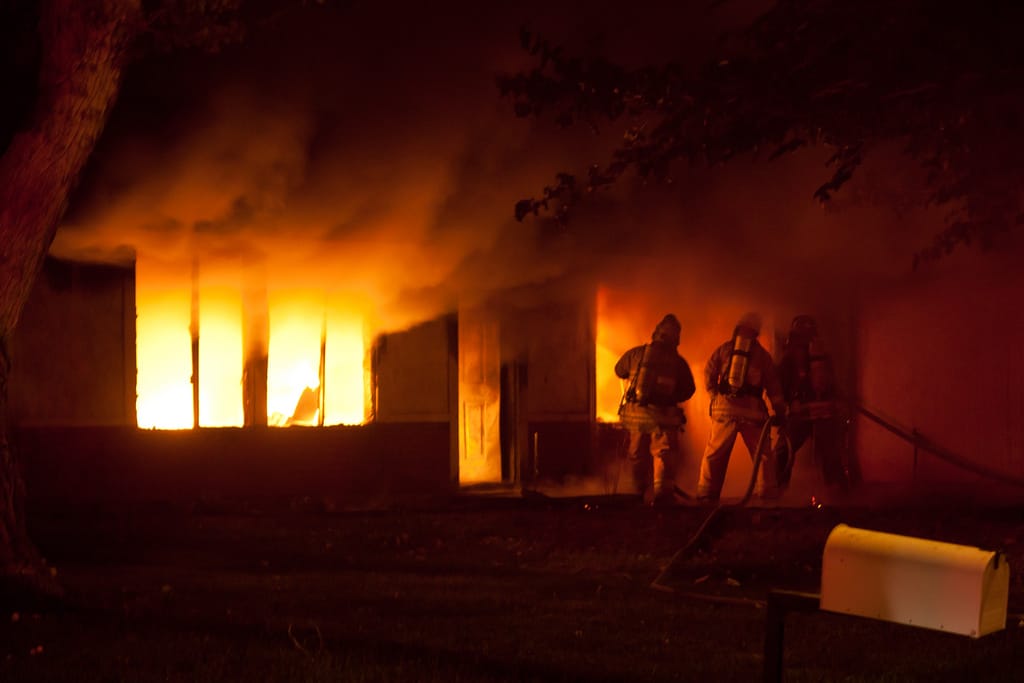
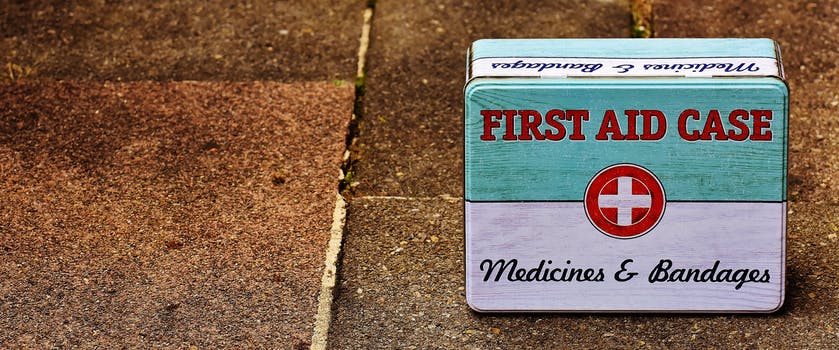
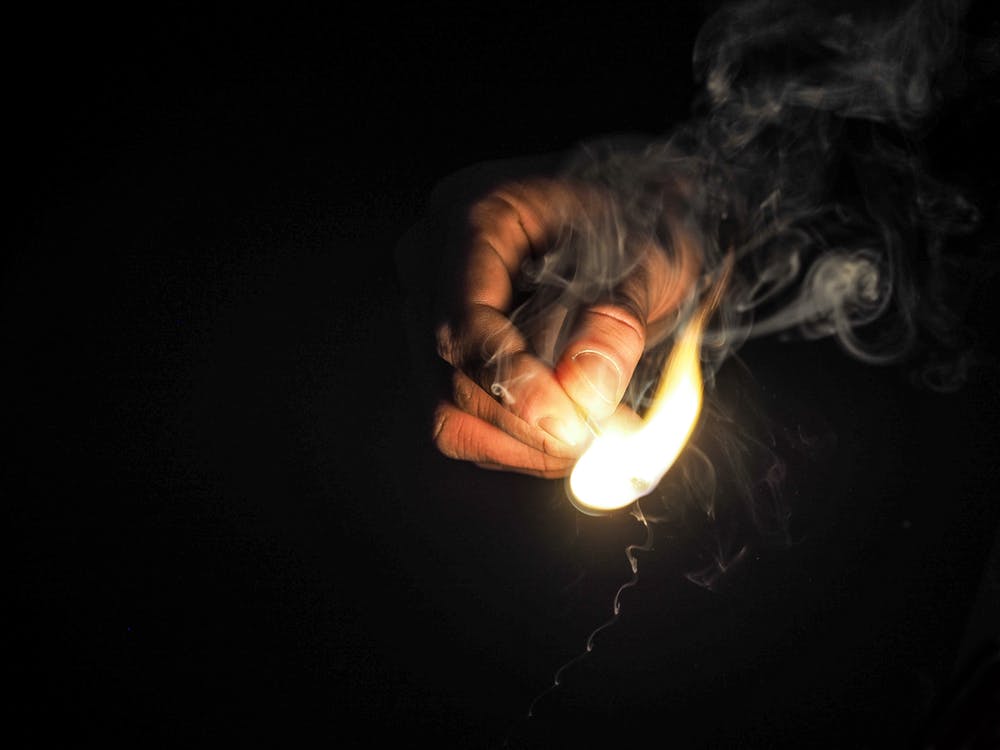
Leave A Comment